Explore The Flora And Fauna Of Jambughoda Wildlife Sanctuary Gujarat On Your 2025 Trip
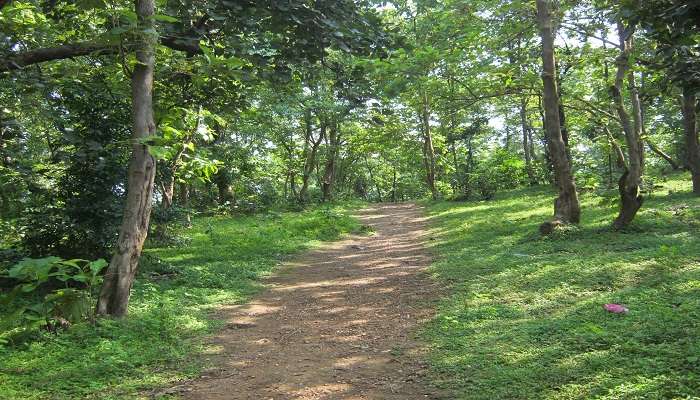
The Jambughoda Wildlife Sanctuary Gujarat is located in Panchmahal district and is a paradise for many kinds of wildlife and green landscapes. This sanctuary sprawls over an area of 130 square kilometers and represents an important ecological zone, supporting a wide range of flora and fauna. This sanctuary is typical through its dense forests, rolling hills, and serene water bodies, which can very appropriately be termed a paradise for naturalists and wildlife photographers. Last but not least, they can have a visit to an enumerable number of species of leopards, sloth bears, varieties of birds, and reptiles. More than being a sanctuary, Jambughoda represents Gujarati commitment to natural heritage.
Jambughoda Wildlife Sanctuary location
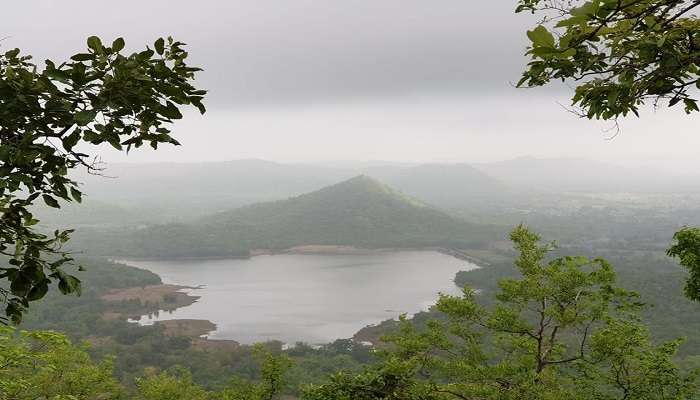
Jambughoda Wildlife Sanctuary Gujarat is an affluent green stretch of vegetation and wildlife in the Panchmahal district of Gujarat, India. It is a 130 square kilometer rich-in-biodiversity area, with a mix of dense forests, undulating hills, and serene water bodies. The sanctuary holds a wide variety of species: leopards, sloth bears, a great many birds, and reptiles. Therefore, in Jambughoda, unique experiences await nature and wildlife lovers. With its rich flora and fauna, coupled with serene natural beauty, the sanctuary will undoubtedly emerge as one of the most-awaited places for those wishing to experience the wild side of Gujarat.
Must Read: Corbett Falls
Geographic Location
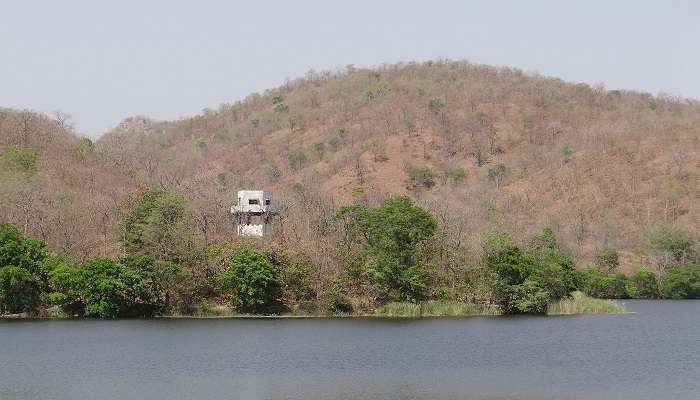
The Jambughoda Wildlife Sanctuary Gujarat is situated in Panchmahal District, the State of Gujarat, India. More precisely, it is located about 70 km from the town of Vadodara and as such, can be reached easily by any national or international tourist. Geographically, it is located in the eastern part of Gujarat, right in the middle of the Vindhya-Satpura mountain range.
Tip : The most convenient way of access to Jambughoda Wildlife Sanctuary is by road, since frequent bus services and taxis are available from the two nearby cities, Vadodara and Godhra. Of course, reserve ample time for travel so that you can enjoy the picturesque routes that lay en route to the Sanctuary, especially if you are driving.
Accessibilities
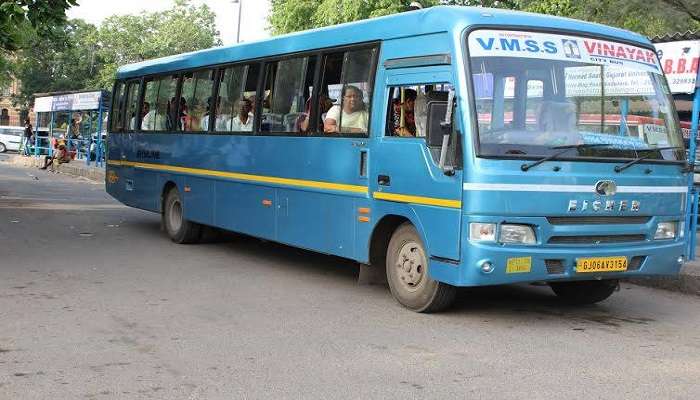
The sanctuary has a good road network and is connected by bus and taxi services from Vadodara and Godhra. The closest railway station would be Vadodara, which happens to be one of the junctions of Western Railway. One can use Vadodara Airport by air, which has flights to and from big cities in India. Therefore, Jambughoda happens to be a perfect getaway for naturalists and wildlife enthusiasts who could take a day or two off during the weekends.
Tip : Check for local weather conditions before visiting. Gujarat has scorching summers and mild winters. The best time for Wildlife Viewing and comfortable sightseeing generally lies in early morning and late afternoon hours, so be sure to appropriately clothe yourself regarding the season, including protection of skin and eyes.
Suggested Read: Khambhalida Caves
Jambughoda Wildlife Sanctuary Timings
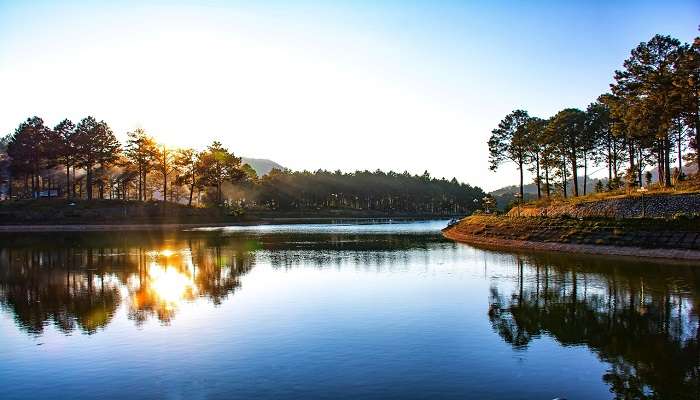
The timing for Jambughoda Wildlife Sanctuary Gujarat is from 6:00 AM to 6:00 PM daily and remains open throughout the year. The ideal time for visiting the sanctuary would be in the early morning or late afternoon when the climate remains pleasant and there is much activity from the wildlife. In such a way, it enhances one’s chances of spotting the different flora and fauna. Thus, one should plan accordingly for visiting the place. Thus, some areas within it might be accessible during seasonal change; therefore, one should consider contacting local advisories for the same before planning a trip.
Jambughoda Wildlife Sanctuary Entry Fee
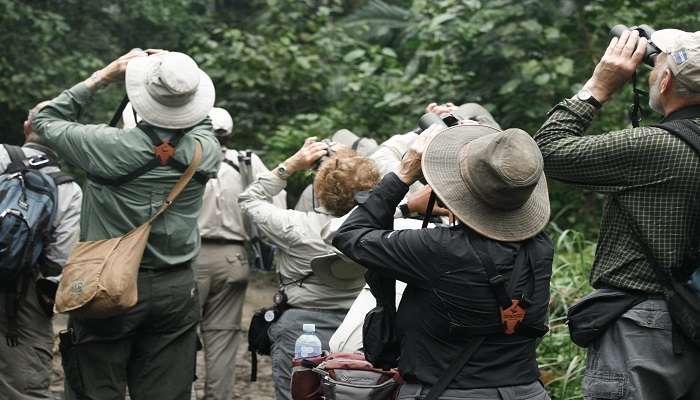
The entry fee to the Jambughoda Wildlife Sanctuary Gujarat is nominal and affordable for more people to visit this naturally beautiful place. The latest updates state that for Indian nationals, the cost per person is INR 20, and for foreigners, it costs INR 100. Other charges incurred are for services like guided tours, camera use, and vehicle entry. These are fees that have been projected to run and conserve the sanctuary so that this very unique ecosystem is preserved for future generations.
Suggested Read: Gujarat Road Trip from Mumbai
Different Flora Found In Jambughoda Wildlife Sanctuary Gujarat
The 130 square kilometer-large Jambughoda Wildlife Sanctuary Gujarat is located at the root of Panchmahal district in Gujarat and is a mass of green with varied flora and fauna. The sanctuary represents rich biodiversity and beautiful natural beauty prevailing in this region, proving to be a great haven for all nature enthusiasts and wildlife lovers.
1. Trees

There is a good content of trees in Jambughoda Wildlife Sanctuary Gujarat, which constitute the backbone of the lush forest cover. Some of the prominent ones are teak, bamboo, mahua, and khair. Large canopies of these trees provide the requisite habitat and food resources for the wildlife within the sanctuary and toward biodiversity.
Tip: Bring a field guide to documents to identify the several varieties that will be encountered and take a little time to appreciate the textures and hues of the bark and leaves.
2. Shrubs And Understory Plants

The sanctuary also contains various shrubs and understory plants that grow in the shaded forest floor. Some common species are lantana, karanj, and wild turmeric. All these plants play a very important role in the ecosystem by providing shelter and food to smaller animals and insects, maintaining soil health, and regenerating forests.
Tip: Wearing long heavy sleeves and pants can provide protection from thorns and other irritants when navigating through thick undergrowth.
3. Medicinal Plants
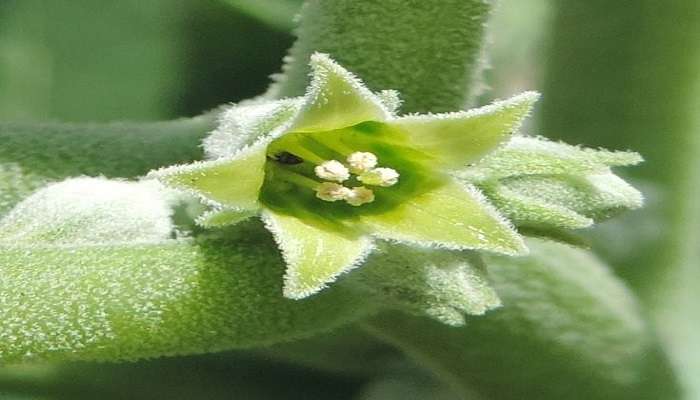
Local communities have reported several plants in the flora of Jambughoda for their medicinal value. Some of these plants include ashwagandha, neem, and tulsi. Such plants are not only valuable for the local people in their traditional medicine but also add to the biodiversity and ecological balance of the Sanctuary.
Tip: Learn about the traditional uses of medicinal plants by reading interpretation guides or signs, but do not touch or disrupt them so that others and future visitors may see them in their natural state.
Suggested Read: Devaliya Park Safari
4. Flowering Plants
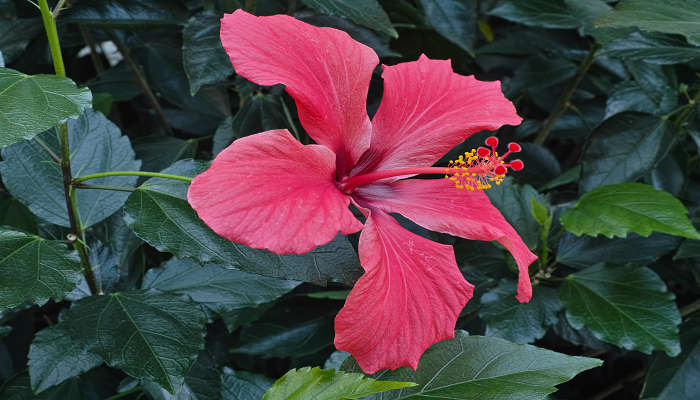
The sanctuary is filled with many flowering plants, adding beauty in varying hues during the flowering seasons. Some species like hibiscus, marigold, and different wildflowers are found here and there growing in the sanctuary. Such flowering plants increase the diversity in Jambughoda by providing food to some of the pollinators like bees and butterflies.
Tip: To see a colourful display of flowers and catch a glimpse of busy pollinators, plan your visit in the spring when most plants are in bloom.
5. Grasses And Ground Cover
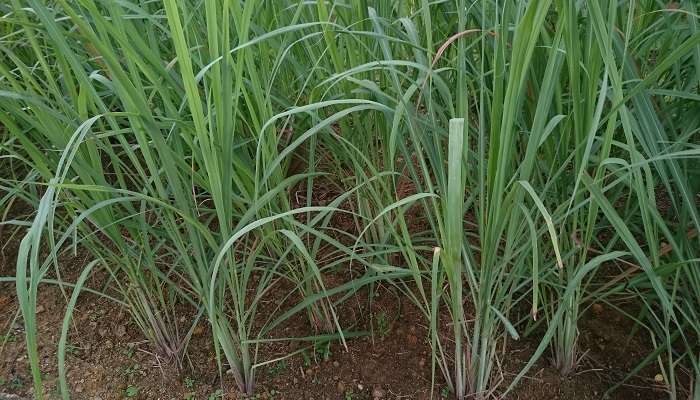
In the rainy seasons, the ground cover inside the Jambughoda Wildlife Sanctuary Gujarat is lush green with different kinds of grasses and low-lying plants. The species here include lemongrass, vetiver, and various native grasses that feed herbivores and bind the soil to prevent soil erosion. This diverse ground cover is important for maintaining the health of the forest floor and supporting the overall ecosystem.
Tip: Keep to the trails to preserve these ephemeral, delicate grasses and ground cover so that they can continue supporting the sanctuary’s ecosystem.
Suggested Read: Places To Visit In Veraval
Different Fauna Found In Jambughoda Wildlife Sanctuary Gujarat
The Jambughoda Wildlife Sanctuary Gujarat is rich in biodiversity. It is located in the picturesque Panchmahal district of Gujarat and comprises 130 square meters of land. Dramatic stretches of subtropical forests inhibit the expanse of this sanctuary, which gives shelter to a variety of flora and fauna. Some of these species include rhythmic mammals like leopards and sloth bears, birds of striking beauty, and numerous reptiles, amphibians, and invertebrates responsible for maintaining healthy ecosystems. With its green forests, rolling hills, and glassy bodies of water, Jambughoda is always ready to offer a nature lover, wildlife photographer, and adventure enthusiast numerous unforgettable experiences in the pristine wilderness.
1. Mammals

Jambughoda Wildlife Sanctuary Gujarat holds many mammals, including leopards, sloth bears, sambar deer, and Indian giant squirrels. It contains diverse habitats, from dense forests to open grasslands.
Tip: Take a safari or an early morning trek with a guide for an elusive view of mammals like leopards and sloth bears.
2. Birds

It is home to over 250 species of birds, of which some are serpent eagles, gray jungle fowl, and Malabar whistling thrush. The birdwatchers get a very good opportunity to view these feathered denizens in the sanctuary’s wooded landscapes and water bodies.
Tip: Binoculars and a bird guidebook will help you enjoy the sanctuary’s avifauna to the fullest and take a close look at the rare species during the quiet morning hours.
Suggested Read: Places To Visit In Bardoli
3. Reptiles

It hosts several types of reptiles, including the Indian rock python, monitor lizards, and many snake species. These reptiles play a vital role in the sanctuary as a whole and balance its ecosystem and biodiversity.
Tip: Stay on regular paths, and most contact with reptiles in their habitat will be avoided, thus causing minimum disturbance and ensuring conversation and safety.
4. Amphibians
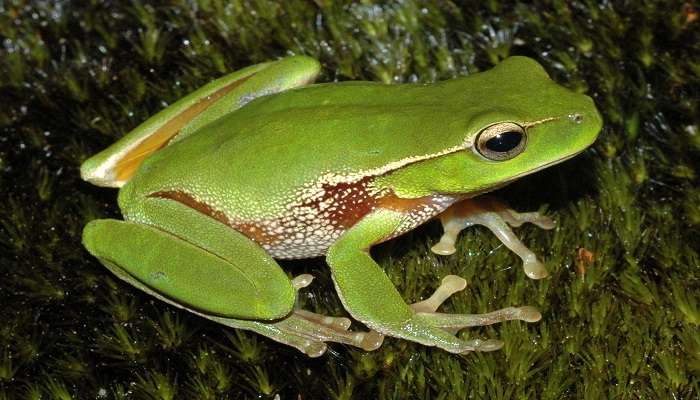
The Sanctuary also shelters several species of amphibians, including frogs and toads, within its wetlands and forest. Amphibians act as bioindicators of the environment and are involved in nutrient cycling within their habitats.
Tip: Wetlands and streams are best visited during the monsoons when amphibians’ calling can be heard and breeding behaviour observed.
Suggested Read: Someshwar Mahadev Temple
5. Invertebrates
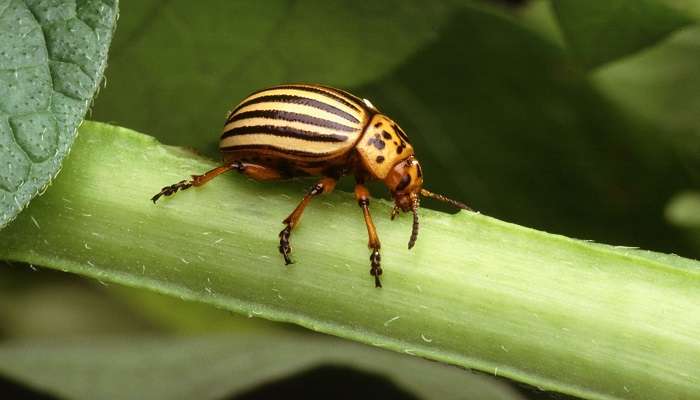
From butterflies down to beetles and spiders, Jambughoda supports a wide array of invertebrate life. These tiny creatures are fundamental for the pollination, decomposition, and nutrient cycling of the various ecosystems in the sanctuary.
Tip: Keep a magnifying glass or macro lens with you to take closer views of minute details of invertebrates and their interrelations with the sanctuary’s flora.
Further Read: Resorts In Rajkot
Let us help you plan your expedition into the wilds of Gujarat—Jambughoda Wildlife Sanctuary. Hike through untouched forests with a variety of wildlife and soak in the beauty of nature. Whether you are a complete nature enthusiast, a wildlife photographer, or simply fond of a silent retreat in solitude, Jambughoda has some lifelong experiences in its kitty. In a stunning landscape, come and behold leopards, sloth bears, exotic birds, and many more. Reconnect with nature—book your trip to Gujarat and start the adventure of a lifetime!
For our editorial codes of conduct and copyright disclaimer, please click here.
Cover Image Credit: Sagar Parmar for Wikimedia Commons
Frequently Asked Questions About Jambughoda Wildlife Sanctuary Gujarat
What are the visiting hours of Jambughoda Wildlife Sanctuary?
The sanctuary remains open for visitors from 6:00 AM to 6:00 PM every day. The timings are scheduled in such a way that one gets sufficient time for viewing the natural surroundings and the wildlife.
How much is the entry fee for entering the Jambughoda Wildlife Sanctuary?
The Indian citizen will pay INR 20 per person while foreigners pay a person's entrance fee of INR 100. Further costs include guided tours, cameras, and vehicle entry.
Which wildlife is found in Jambughoda Wildlife Sanctuary?
Visitors find the leopard, sloth bear, Sambar deer, Indian giant squirrel, Crested serpent eagle, and a host of reptiles, amphibians, and invertebrates.
Are there any facilities for accommodation near the Jambughoda Wildlife Sanctuary?
Starting from budget category lodges to eco-resorts, many options are available near it. Advance booking is advisable during peak tourist seasons.
What are the activities that a visitor can indulge in at Jambughoda Wildlife Sanctuary?
Visitors can go for safari rides in search of wildlife, nature walks, bird watching, and a number of scenic trails that offer opportunities to view different species. The sanctuary is also ideal for photography, as one easily finds ample opportunities to capture the serenity of the sanctuary and its wide varieties of wildlife.
People Also Read:
Bhagwan Mahavir Wildlife Sanctuary Sajjangarh Wildlife Sanctuary Nagarjunasagar Wildlife Sanctuary

With a passion for exploring and travelling to the roads long forgotten, experience the world through enthralling stories and adventures. Join me as I share my experiences at some of the world’s most popular tourist destinations and quench that pestering curiosity with something exciting!











